Call this a follow up to my previous “A Day At Fort Mackinac” three years later…

Fort Mackinac was built during the American Revolution by the British Army. It is one of only two Revolutionary War forts still existent in the United States. At least that’s what the tour guide said? She referenced the other at St Augustine, Fl. I didn’t think to ask, but if she meant Castillo de San Marcos, that was complete in 1695. So perhaps Ft Mackinac is really the only such fort in existence? Seems hard to believe, but of course most construction of the era was timber, so is unlikely to survive. Ft Mackinac is limestone.

And this all leads to Ft Holmes. When Ft Mackinac was completed in 1781 the British Army engineers observed that the highest ground on the island, 1/4 mile directly uphill and inland from the new fort, needed to be fortified to protect the “back door” (at 310 feet above the Straits of Mackinac surface level). When American forces took control of the Fort in 1783 they surveyed the site and noted that the high ground directly behind the fort needed to be fortified…
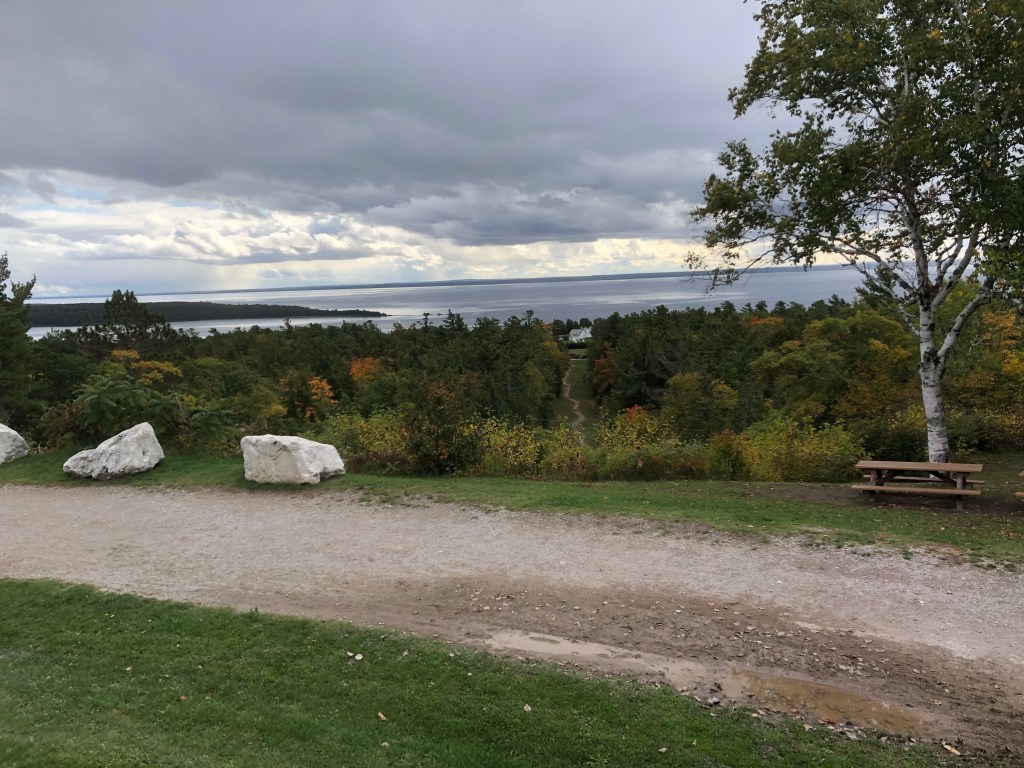
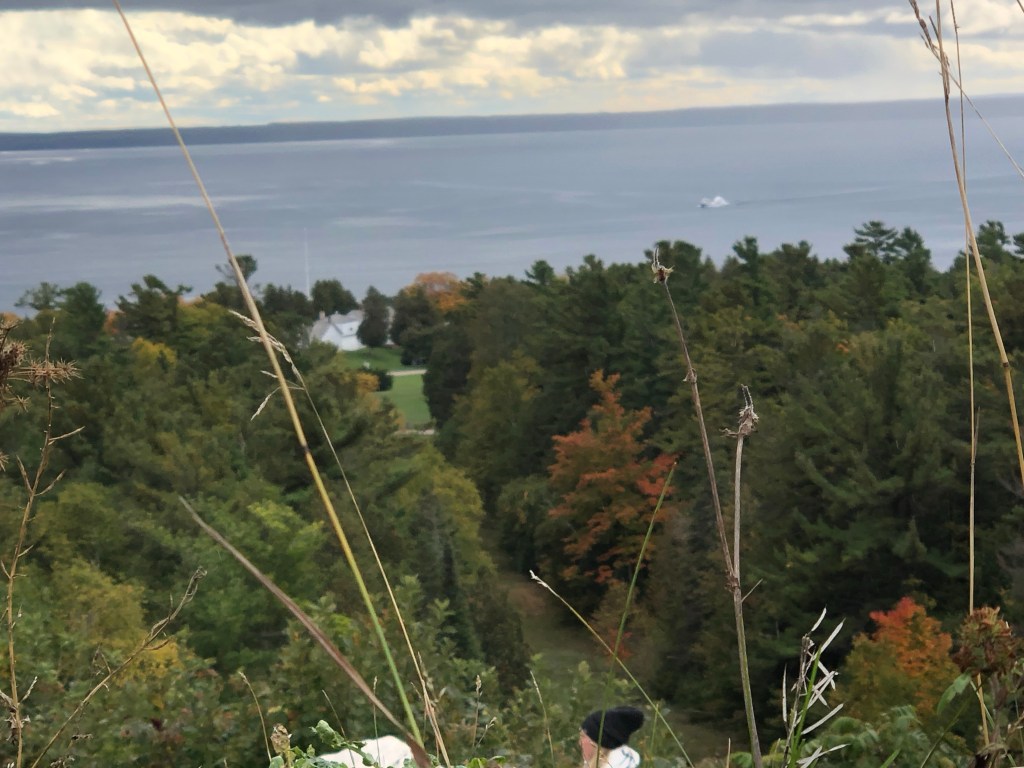
So I’m guessing you can see where this going even if you didn’t read my previous post? In 1812, during the War of 1812, British forces landed on Mackinac Island, took the high ground behind the Fort, and forced the US Army garrison to surrender by threatening to shell both Fort and the town in its shadow. Once the British had control of the Fort and Island they built a fortification called “Fort George” on that high spot. It was a simple earthen redoubt surrounding a wooden block house/observation tower.

When American forces tried to replicate the British capture of the Fort, their approach to the island was seen from Fort George and and their force was met by the British in a field 2 miles north. The American force was turned back, among the fatalities was Major Andrew Holmes, the second in command.



The following year, 1815, the War was over and Mackinac Island reverted to American control. The US Army was happy to have the fortified high ground, but not so happy with it named for the British King. So it was renamed in honor of Major Holmes.

Through the rest of the 19th Century the US/Canadian border become much less volatile, and the military structures became less important. Part of that meant the timber Fort Holmes was allowed to fall into disrepair. The timber was even pilfered and used to construct other buildings on the island. Most of the island, including the sites of Fort Mackinac and Fort Holmes were made Park land in 1875. The US’s second National Park at first, but then one of Michigan’s first State Parks in 1895. That made this the State Park’s 125th Anniversary.

As we all know, 2020 became sort of a dud year for a big celebration. But Northern Michigan has had low impact from Corona Virus and always been one or two “Phases” more open than the more densely populated southern part of the State. So it was an appealing escape for us. The first week of October is considered “peak color” for that area so we chose an appropriate time. Of course, travel north this time of year is not for the faint of heart! Especially not for anyone dreading the approach of winter anyway. But hey, the good news is, we discovered the required masks actually add a lot of warmth!
Many years back we had visited the site of Fort Holmes. Its a bit off the beaten path and less accessible than the fudge shops. But not too bad. On that occasion we had taken along our bikes and got to the site from winding trails on the north side. There had been a reconstruction of Fort Holmes built on the location in 1936 (a project of FDR’s WPA) from the Army’s 1817 survey work. But by the time we first got there (c. 2005) the construction was long gone except for the earth works.
This time, we thought it would be fun to get to that high point again just for the great view. We were on foot, so took the shorter south route. From that side the last 100 feet of the climb are by a scenic wooden staircase up the hillside. That was fun! And what a view.
But there was a total bonus neither of us knew about. Apparently, in 2015, the Park had done another complete restoration of the site. Now I wasn’t completely shocked, I had noticed earlier in the day that when I looked up the cleared lane from Fort Mackinac there was a wooden structure on top of the hill that I could see very little of. I thought maybe an observation tower (there have been at least three different towers on the hill during periods when there was no Fort. My wife and I debated whether it would be better to see a fort or an observation platform, you can guess which side I took) or part of the earthworks. But seeing a whole Fort Holmes sitting there was sort of exciting! The first picture at top is the first view as you step from the trees at the top of the steps.
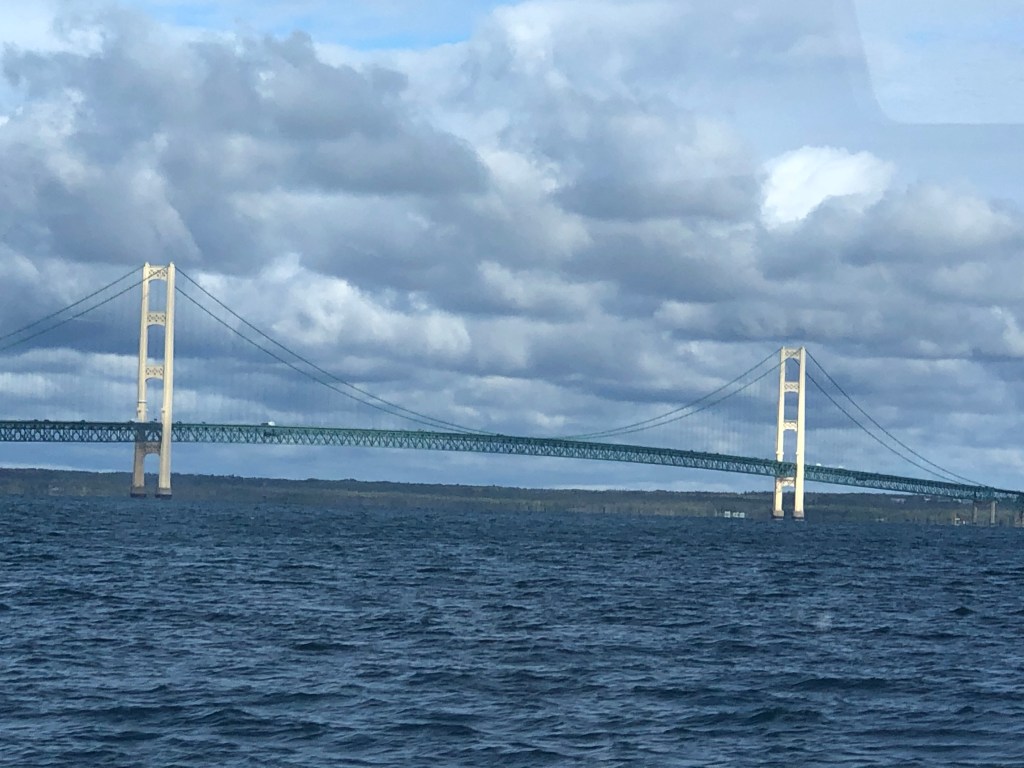
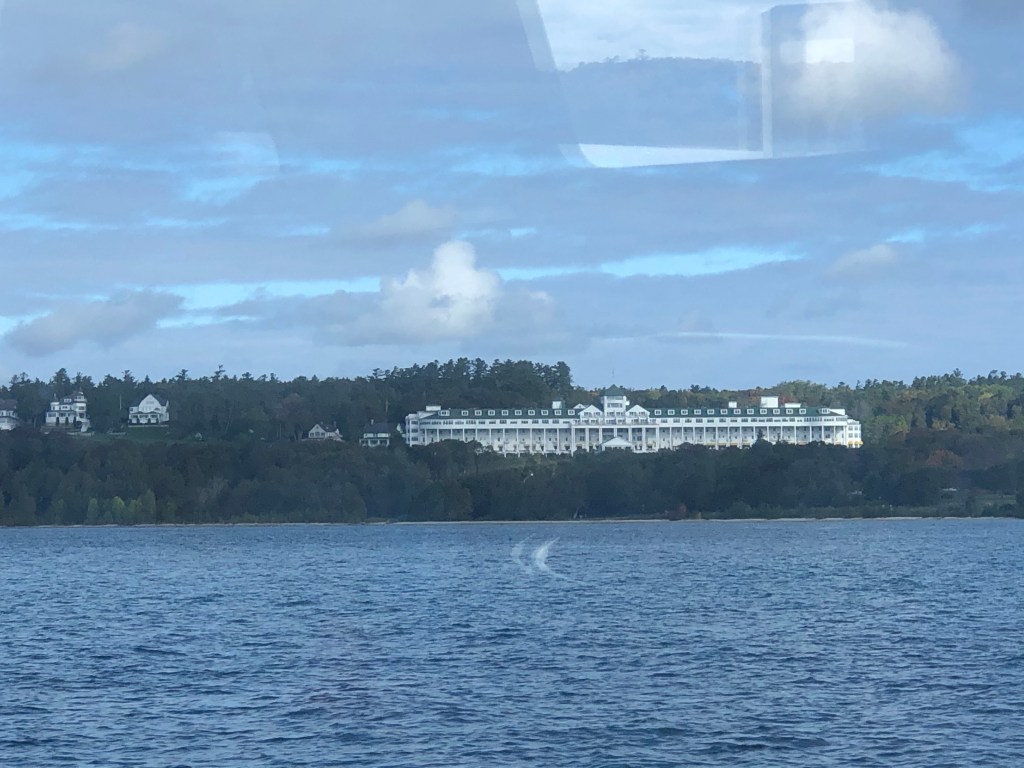


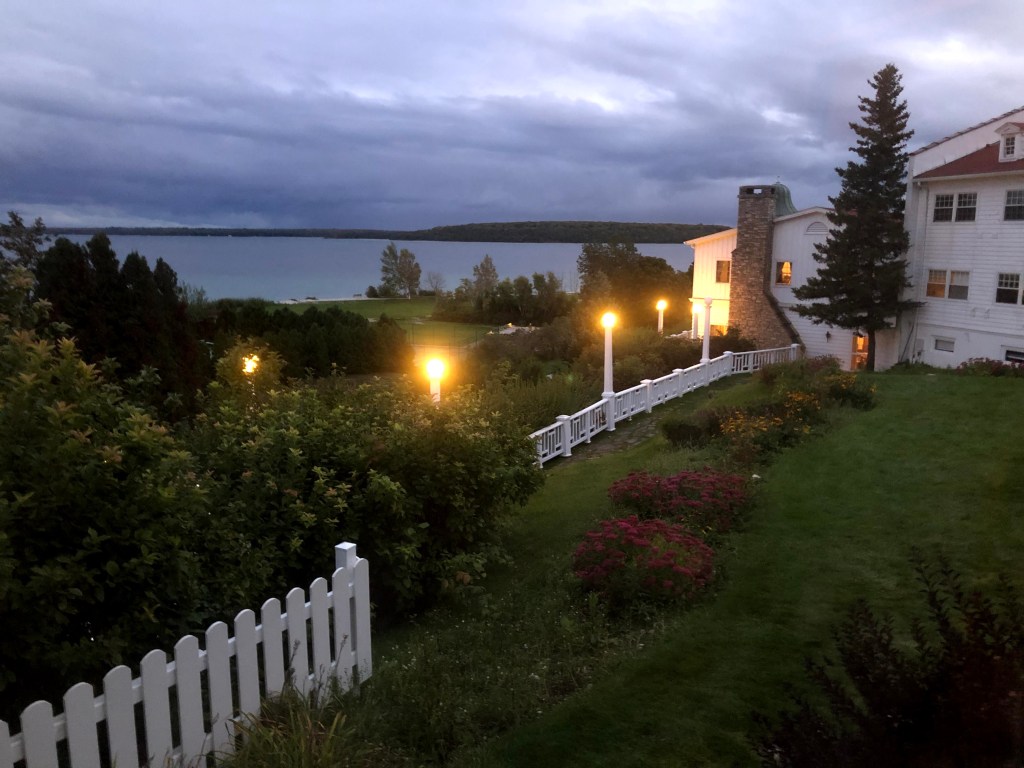

I’ll have to read the whole post more thoroughly, but your one caption amused me.
“The first clear view of Fort Holmes as you clear the steps up the hillside. I think the “No Climbing” sign is the first line of defense to stop intruders.”
There is a story, perhaps apocryphal, that in the early days of WWI there was a British officer who refused to leave the road and cut across country because it was private property and the Belgians were their allies.
That’s funny! No doubt such concerns come up.
A similar, but more positive version I’ve heard of that is late in the Napoleonic Wars, much of the French citizenry decided they preferred having the British Army around than the French; because the British actually PAID for the goods they took! Apparently Napoleon thought it was the French people’s duty to support their army. Not unreasonable perhaps, but it failed him badly on a practical level.
Thanks for the tour Dave.
Sure Pierre!